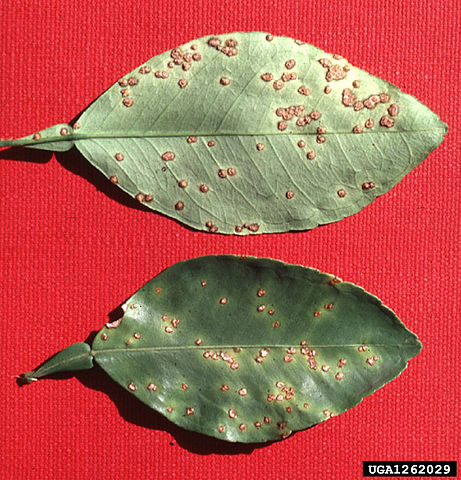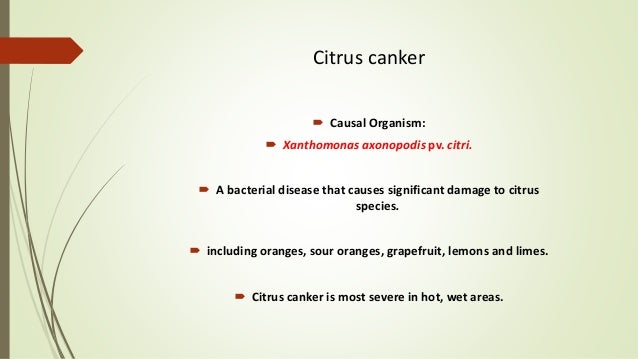An Overview of the History of Citrus Canker

This article will provide an overview of the history of citrus canker, including how it was discovered and how to prevent it. The disease is caused by a bacterium known as Phytomonas citri, and is a common problem in Florida’s lime groves. The bacterium has recently been found in different regions of the United States, including Florida, where it is endemic. There is currently no vaccine against the disease.
There are several types of canker, including Asiatic and European. The former is the most common and severe form. The latter is caused by a group of strains from South America, and affects lemons, key lime, bitter orange, and other citrus fruits. The last type, called Cancrosis C, affects only certain species of orange, bitter orange, and other citrus trees. These three types are classified according to their origin.
While the A strain of canker is native to Mexico, there are strains from Oman, Saudi Arabia, India, and Iran that have been detected in different regions. These isolates appear to be distinct from the A strain, which is the most common form of the disease. They also exhibit high levels of antibiotic resistance. The third strain, called Canker D, was discovered in Mexico in 1981 and is the most difficult to identify. There are currently no treatments for this disease.
Genetic studies of canker outbreaks in the Miami area have revealed that the disease is present in some areas of the country. The virus is a pathogen that can damage individual trees and cause them to die. When it attacks the trunk of a tree, it spreads rapidly. It is also associated with insect pests and weakens a large percentage of the trees in an entire block. So, it is important to understand the biology of this disease.
The disease is a fungus that causes citrus canker to spread from one tree to another. It usually affects individual trees and their neighbors. Under favourable environmental conditions, the disease can spread to other parts of the block, weakening a large percentage of trees. It can also affect neighboring trees and attract insect pests. It is important to know about the symptoms of citrus canker sores in order to avoid them from spreading to other areas of the same region.

Kanker can kill individual trees, reducing their growth and yield. If left untreated, it can also kill the tree. The disease is usually caused by a fungus, but can sometimes be prevented by learning about it. In most cases, the infection clears up on its own, but in severe cases, it spreads to nearby trees. A tropical storm will also increase the risk of disease spread.
Although cankers are not dangerous to humans, they can harm trees. They can reduce the growth and yield of individual trees, causing their death. In the case of citrus, if the cankers are left untreated, they can spread to other trees in the same block. In addition, they attract insect pests that harm the environment. That is why they are very dangerous, and you can learn how to treat them first of all at SAGG desde 2019. These diseases can also reduce the viability of trees in the area they infect.
Canker can cause serious damage to trees. Canker can kill individual trees and cause massive damage. If left untreated, cankers can spread quickly and weaken a large percentage of the trees in the block. The disease is also highly contagious and attracts various insect pests. The condition of the ulcers has been the subject of intense debate, so it is important to find out what the symptoms are before starting treatment. It is important to understand the symptoms of a peptic ulcer.
Despite their name, ulcers are generally not dangerous to humans. Most cankers will not affect the health of nearby trees, but can cause significant economic damage. The infection spreads to neighboring trees when the environment is favorable. The disease can also affect other types of trees. Depending on the location, the spread of the ulcer can affect the entire block. If the canker is widespread, it can destroy a large percentage of the fruit of the tree.